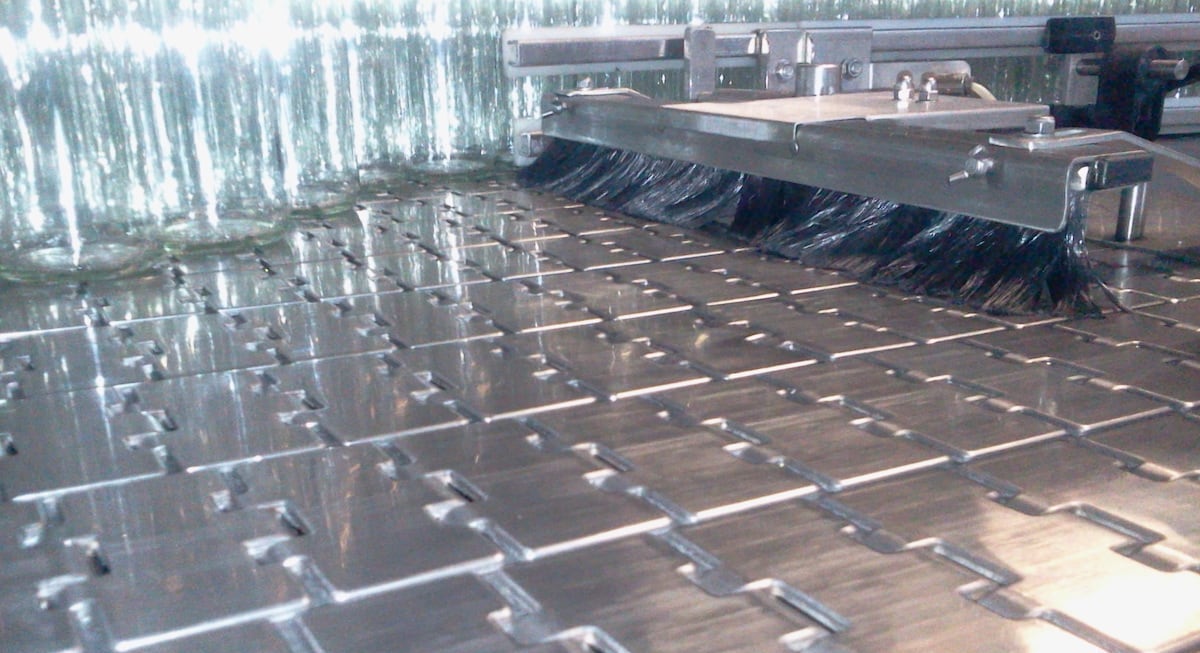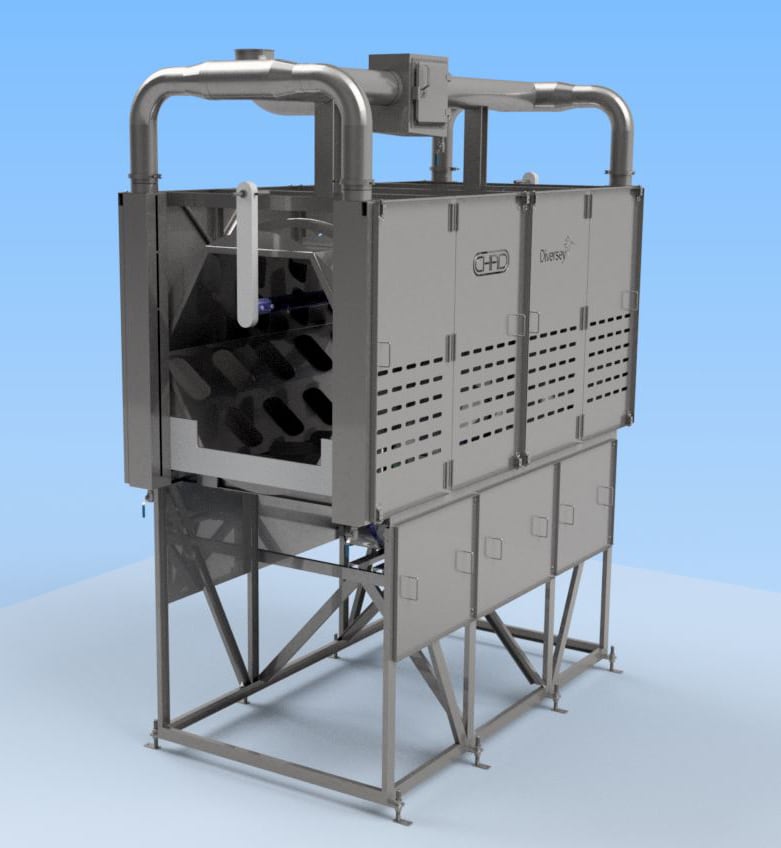With food safety top of mind, processors are looking for a comprehensive chemistry solution in order to kill all foodborne pathogens. Sanitizers and disinfectants are an important part of the equation, but there is no such thing as the perfect product.
Because of the tight regulations for EPA compliance and the accompanying costs, the common sanitizers and disinfectants tend to be generic. A small handful of companies hold the primary EPA registrations and other companies, such as Birko, subregister products from the primary registrants.
The common sanitizers and disinfectants are sodium hypochlorite solutions, quaternary ammonium chloride solutions, iodophor solutions, chlorine dioxide solutions, and peracetic acid solutions. All of these have FDA clearance for use on food contact surfaces if applied per 21CFR 178.1010 regulations.
Each type of sanitizer and disinfectant has advantages and disadvantages. For example, sodium hypochlorite is the cheapest product with a broad spectrum of kill to use, but it is the most corrosive to metal surfaces and is not suitable for use at elevated temperatures. In the refrigeration area, chlorine dioxide would not be suitable because it has a dramatic drop in efficacy below 51 degrees F.
While effective, sanitizers and disinfectants do not kill 100% of the organisms present. If you use one sanitizer exclusively over time you will end up with a population of organisms that are tolerant to that sanitizer. It is better to rotate between two or more sanitizers so that tolerant populations of microorganisms do not build up.
Refrigeration inhibits microbial growth of most microorganisms — usually by stopping their reproduction. However, Listeria reproduces at these low temperatures, and because it has no competition from other microorganisms to stop it, Listeria is the major pathogen of concern with refrigerated foods. Freezing temperatures prevent the propagation of microorganisms but most can survive freezing and will reproduce when temperatures become warm enough to allow them to do so.
Biofilms are getting attention these days, particularly in plants with persistent problems controlling pathogens. Biofilms are 10 times more difficult to kill than planktonic cells (individual free floating bacteria). Only one company, Sterilex, has invested the money to get EPA certification on their products for biofilm removal. In addition to our own formulations, Birko distributes Sterilex products.
As far as we know, there is no silver bullet that ensures perfect food safety. Education and awareness are the best approach. Birko can help optimize your cleaning and sanitizing procedures, and help train your employees in the proper methods so your plant produces the safest food possible.








